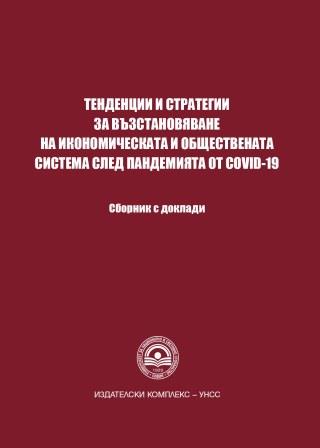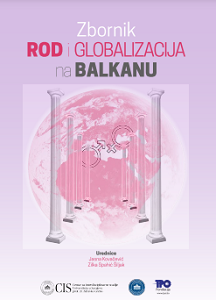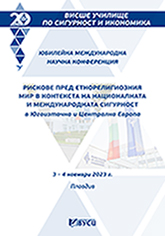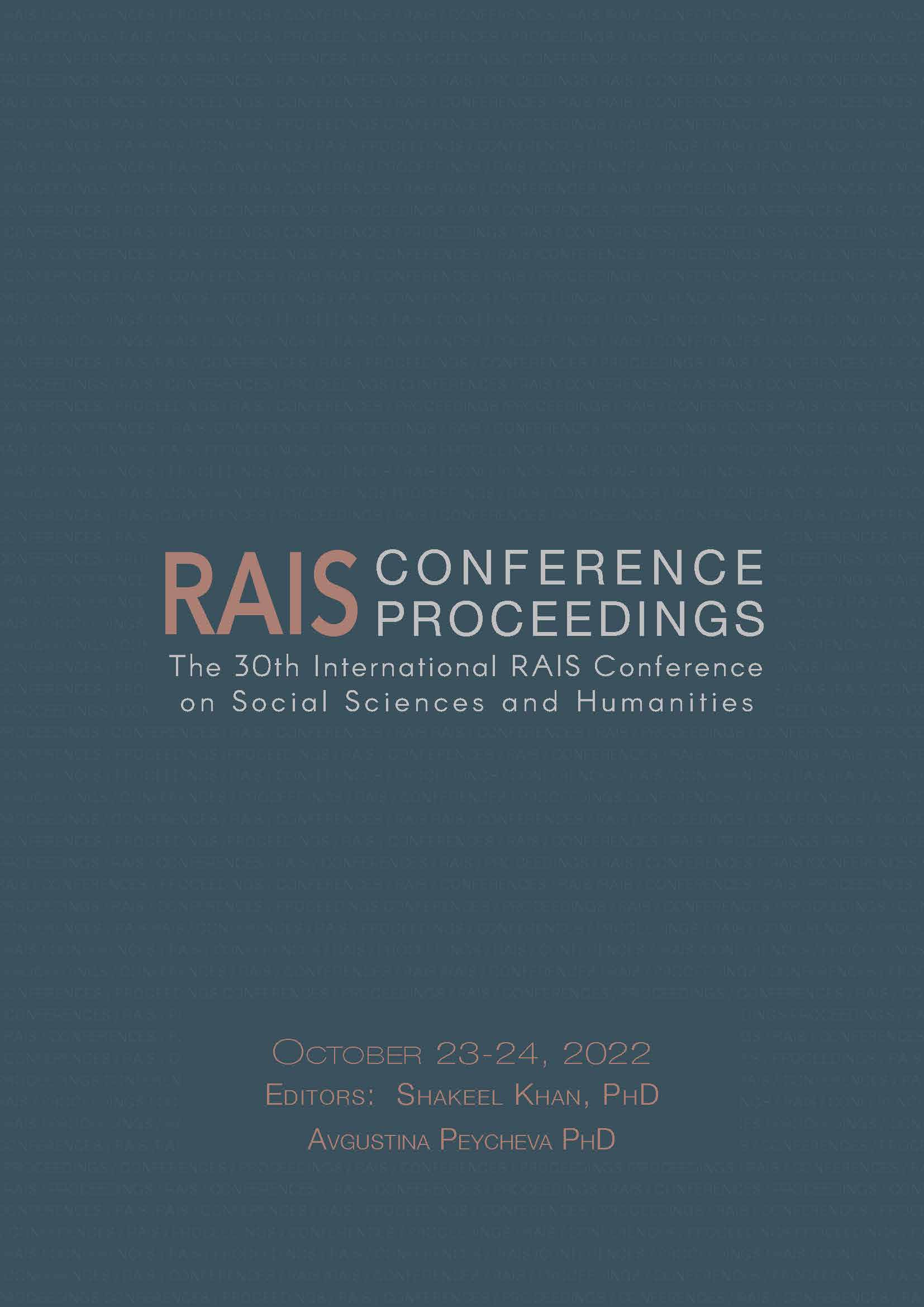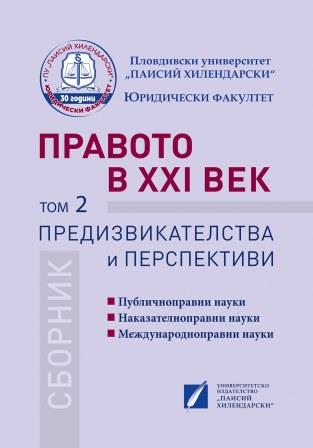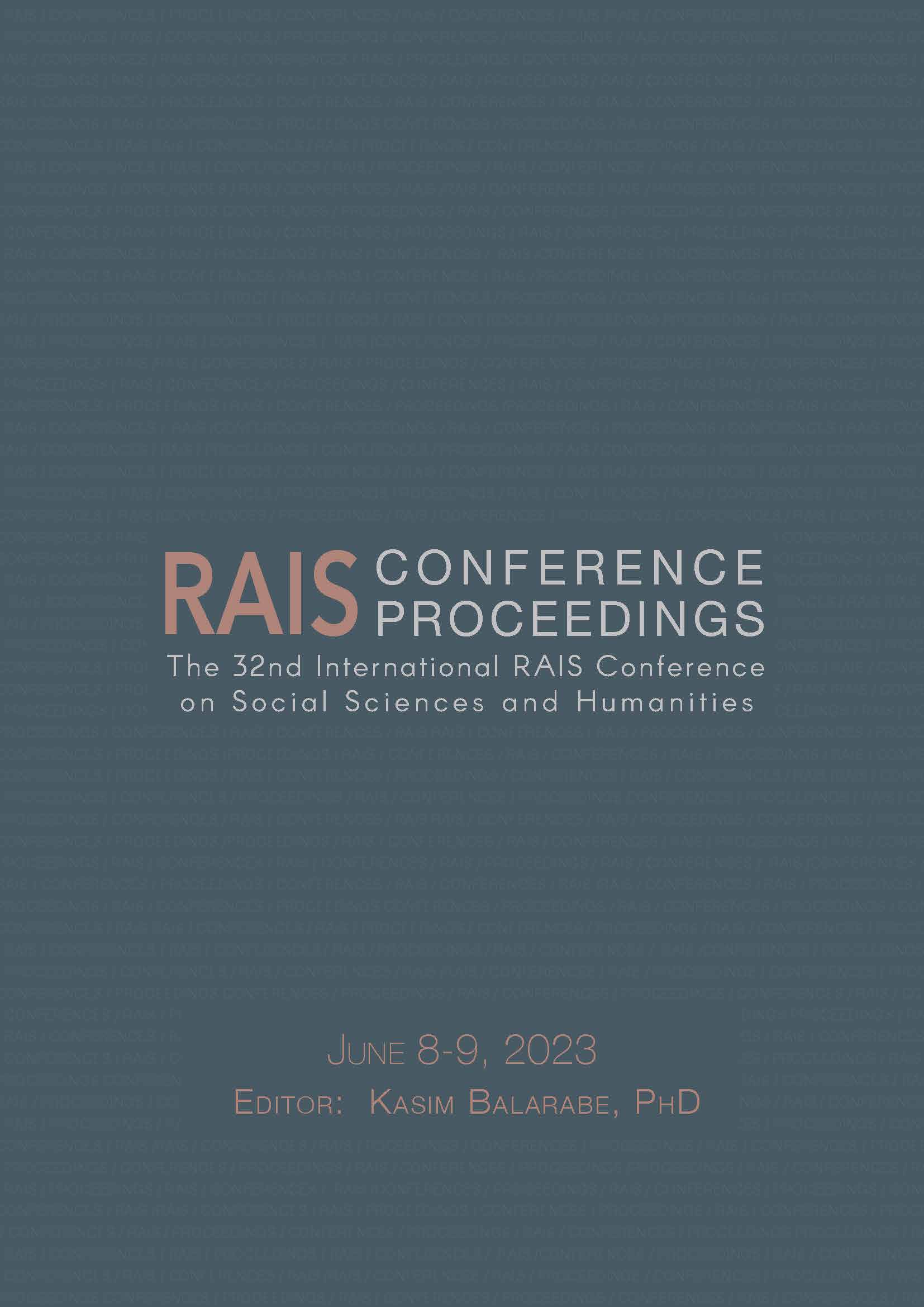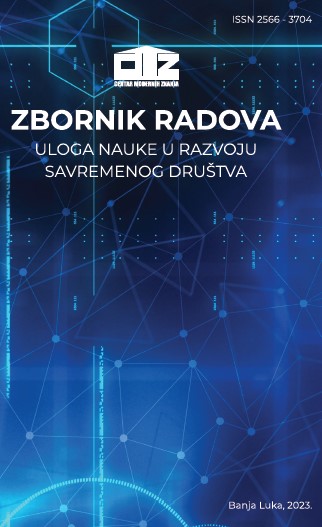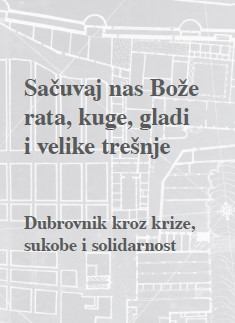
How Strategic Communications Backfired: The Case of the Russian Sputnik V Vaccine
This chapter demonstrates how Russia’s government used its domestic-made Covid-19 vaccine, Sputnik V, as an information warfare tool. In August 2020, Russia surprised the world when it became the first country to authorise a Covid-19 vaccine for public use. Russia’s government exploited the early authorisation to draw attention to its vaccine and provoke Western criticism of it. Russian tactics echoed insurgents’ use of Propaganda of the Deed (POTD), namely by using the weight of Western criticism against Western states once Sputnik V was peer-reviewed and proven as safe and effective. But since then, Russia’s use of Sputnik V as an information warfare tool has backfired. Analysis of polls and focus groups suggest that international controversy around Sputnik V has contributed to widespread Russian public distrust in the vaccine. Today, despite being the first country to approve a Covid-19 vaccine, Russia’s vaccination rates remain relatively low, while its Covid-related death rate is among the highest in the world.
More...
